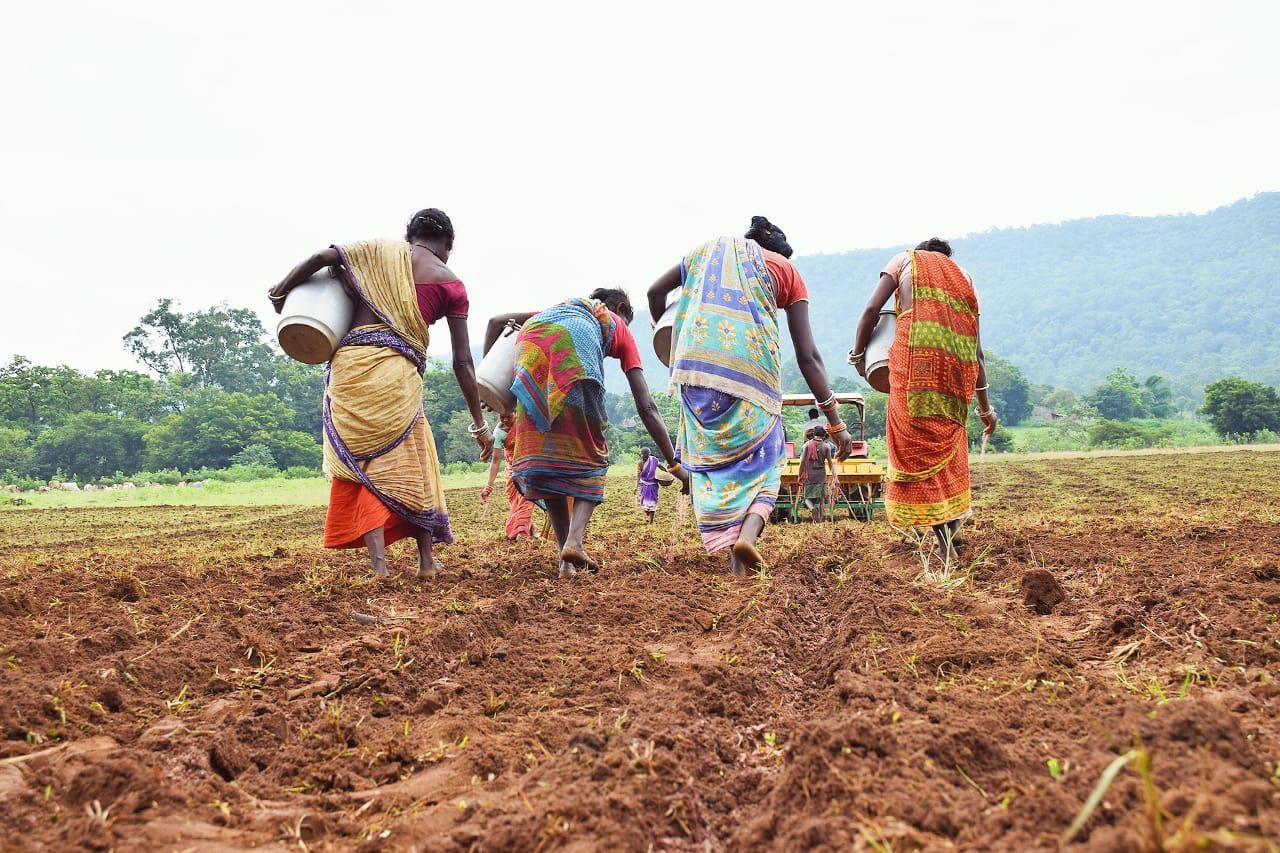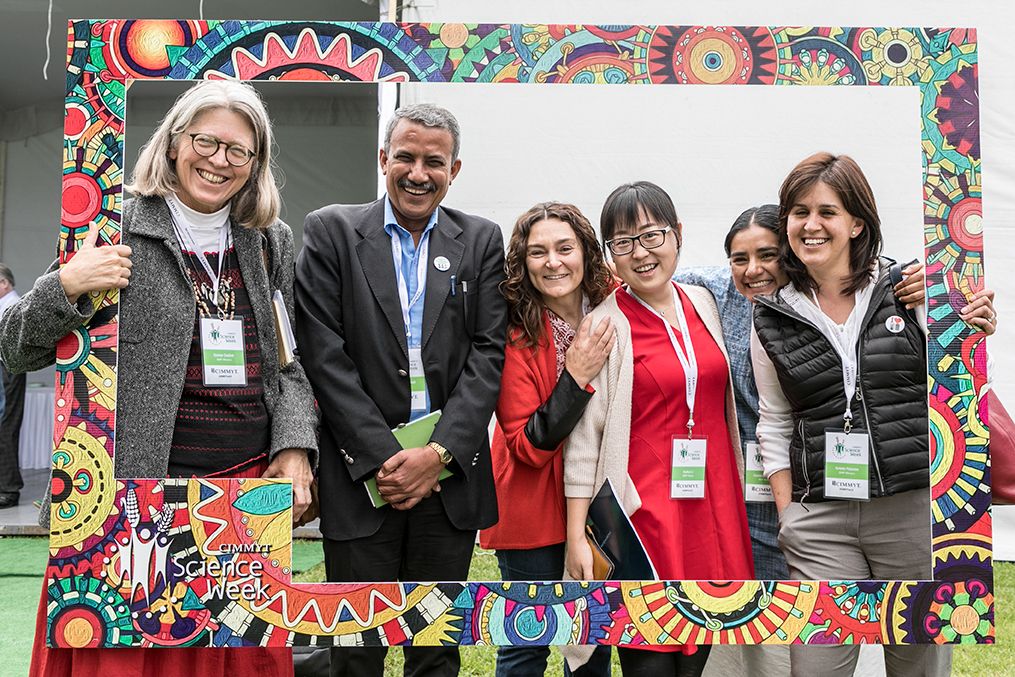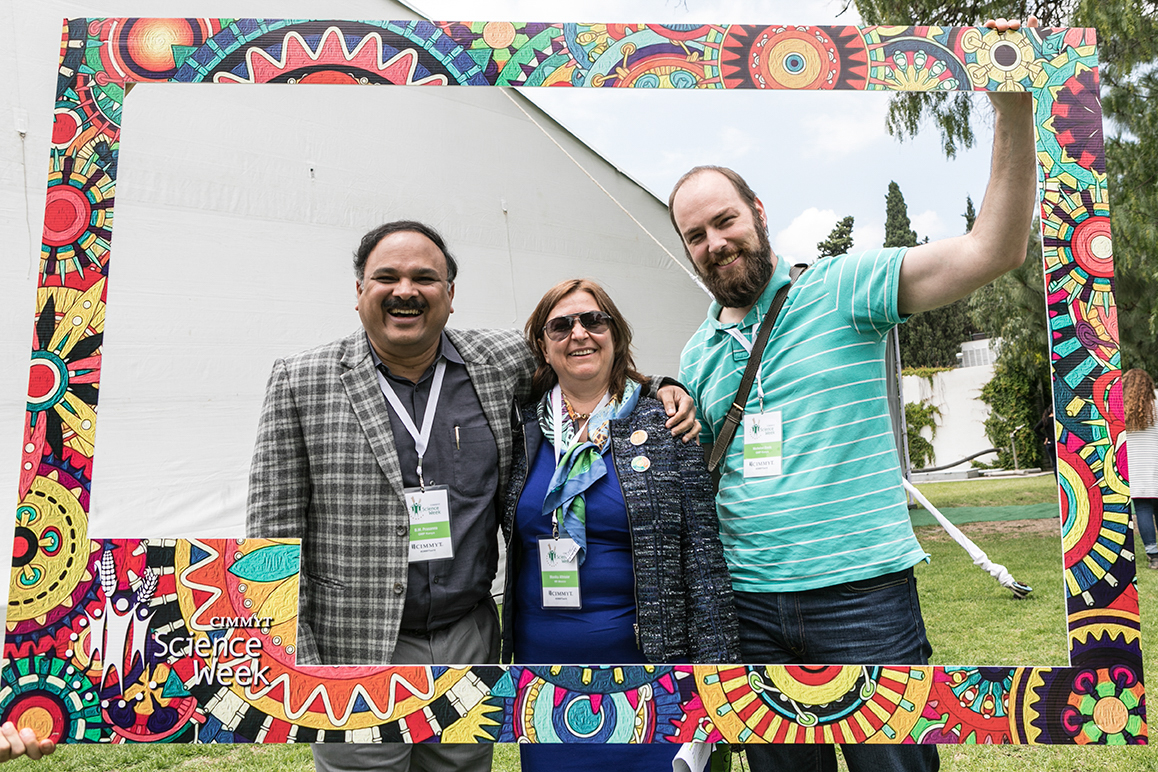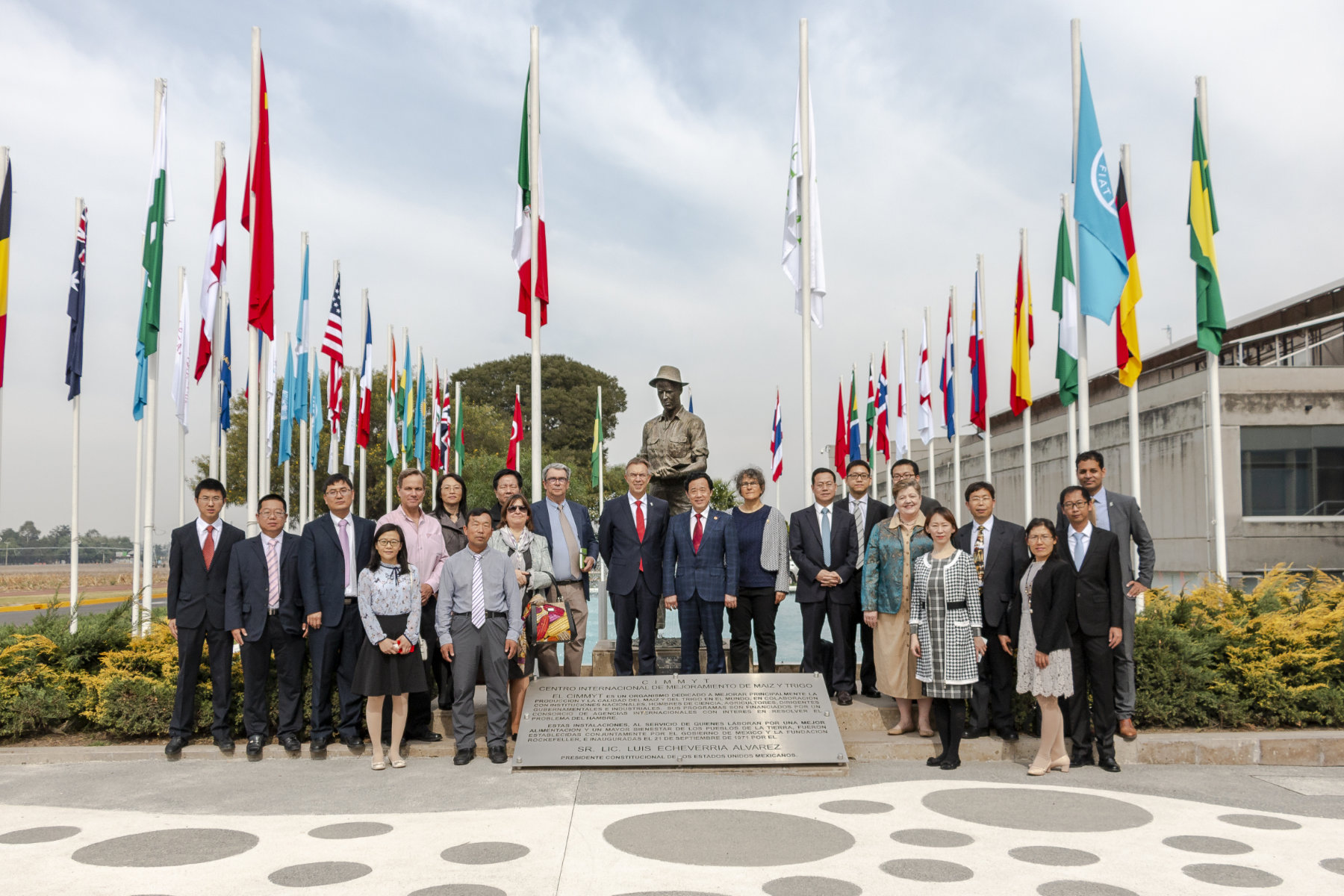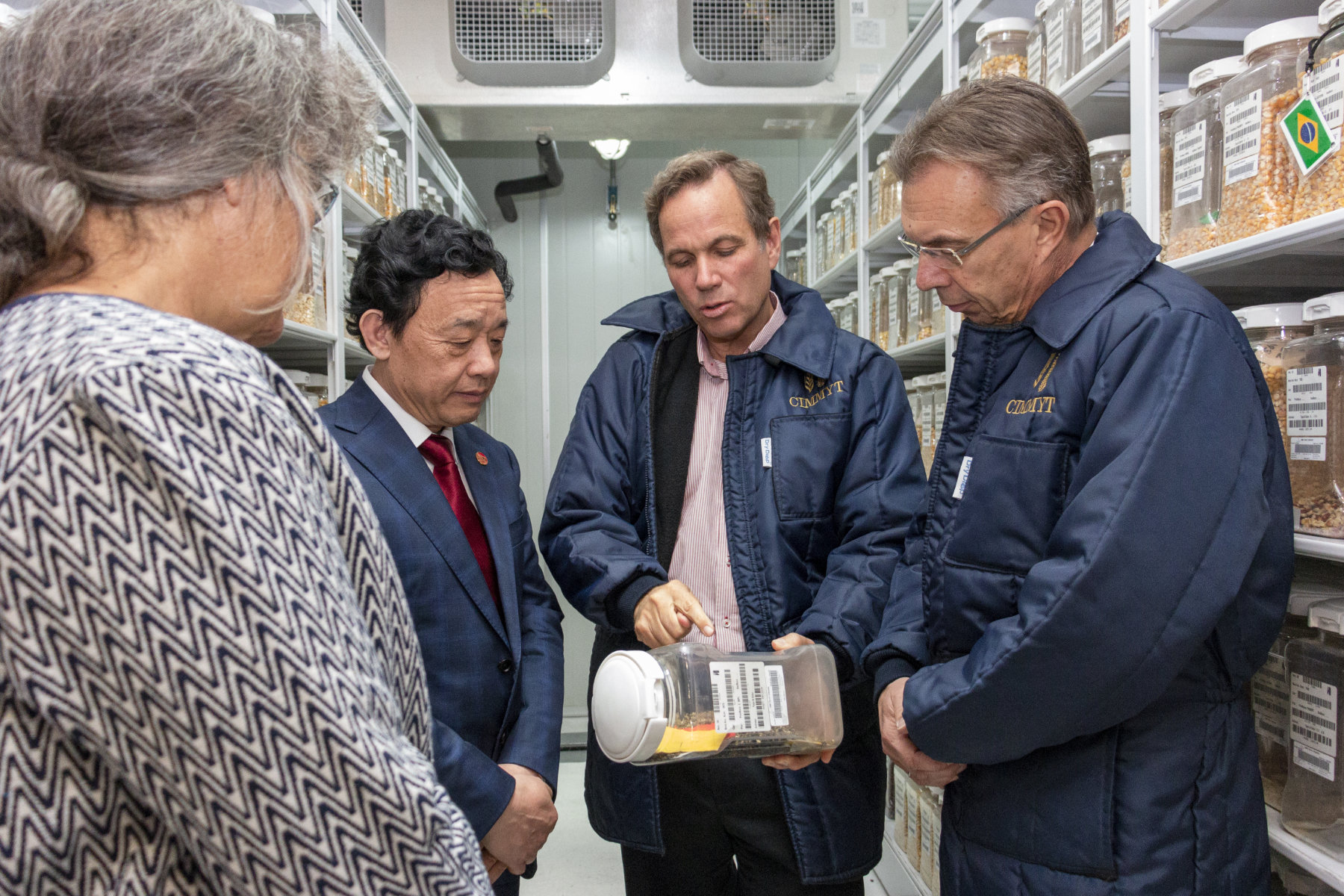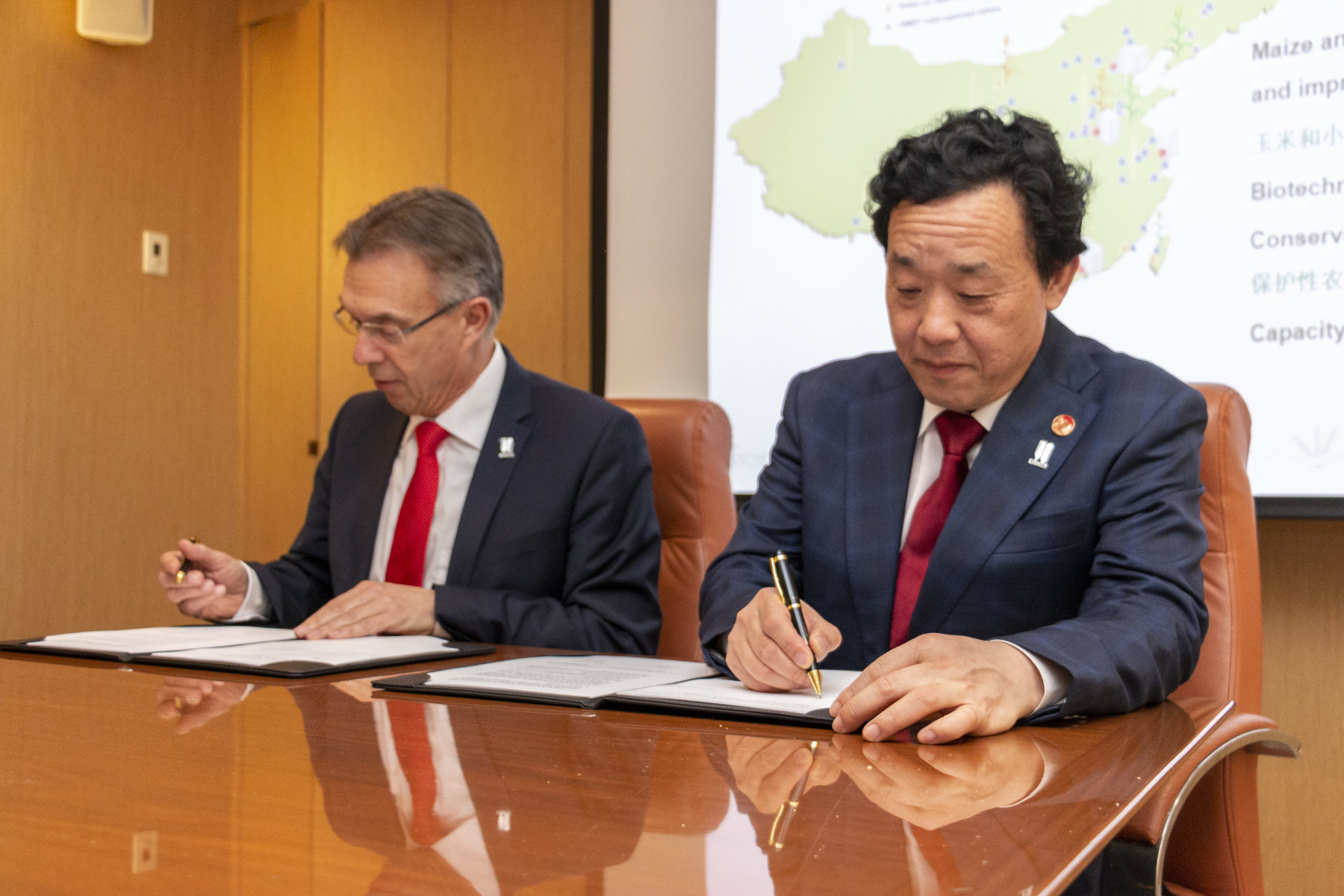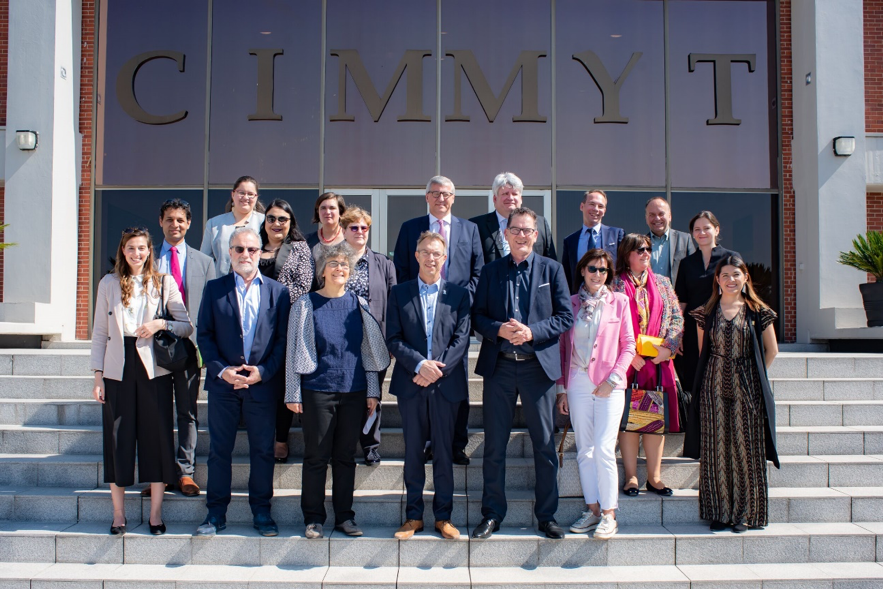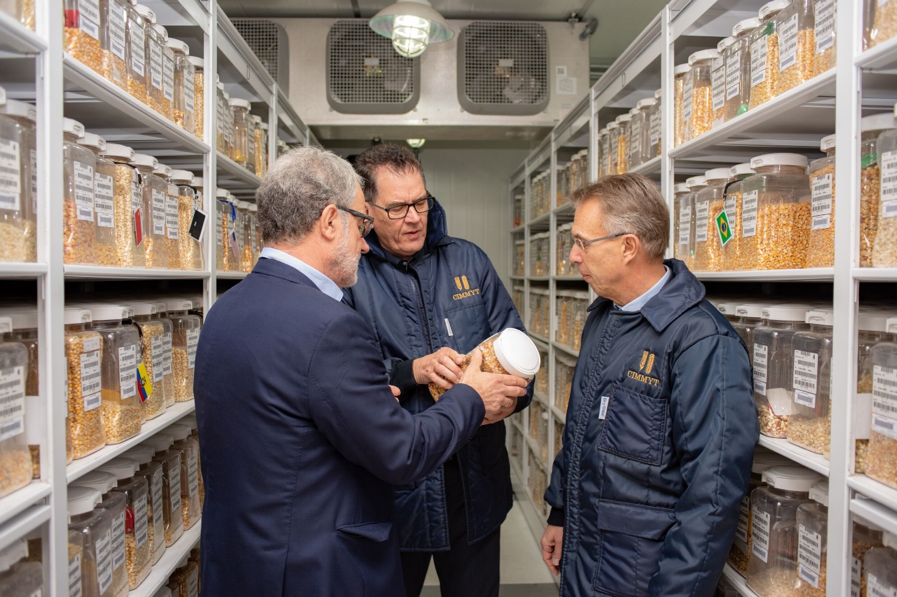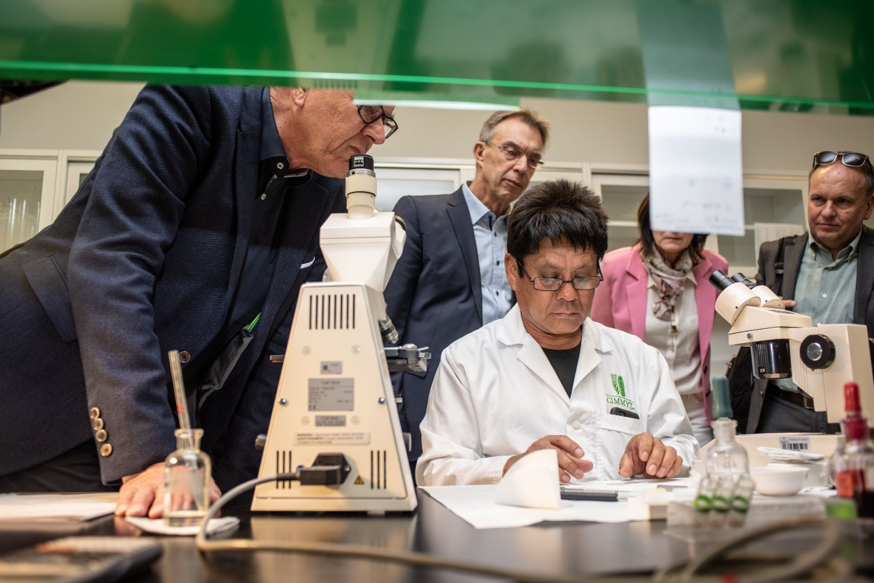A wake-up call for the fertilizer industry
When you hear the words ‘plant nutrition’ or ‘fertilizer’, do you think of sustainability?
Many might not but the recent gathering of plant nutrition experts in Versailles at the High Level Forum on Sustainable Plant Nutrition might indicate that the tide is turning.
“This event is a first of its kind. Here you have the fertilizer industry, which is relatively conservative, and yet there are speakers such as Mostafa Terrab of the OCP Group or Svein Tore Holsether of Yara who are pushing this future agenda,” said Bruce Campbell, Director of the CGIAR Research Program on Climate Change, Agriculture and Food Security (CCAFS).
“If I was from the fertilizer industry, I would really wake up, as perhaps is happening with some companies. If you look at the airlines industry, you see some super visionary players and others who are not. I feel that there could be players in this group who could be as visionary: looking at cutting down the energy inputs into fertilizer production, working together with governments to reform subsidies that promote over-fertilization, working towards precision fertilizer application. If the fertilizer industry wants to gain the trust of a more and more discerning public, then they need to show climate leadership,” Campbell remarked.
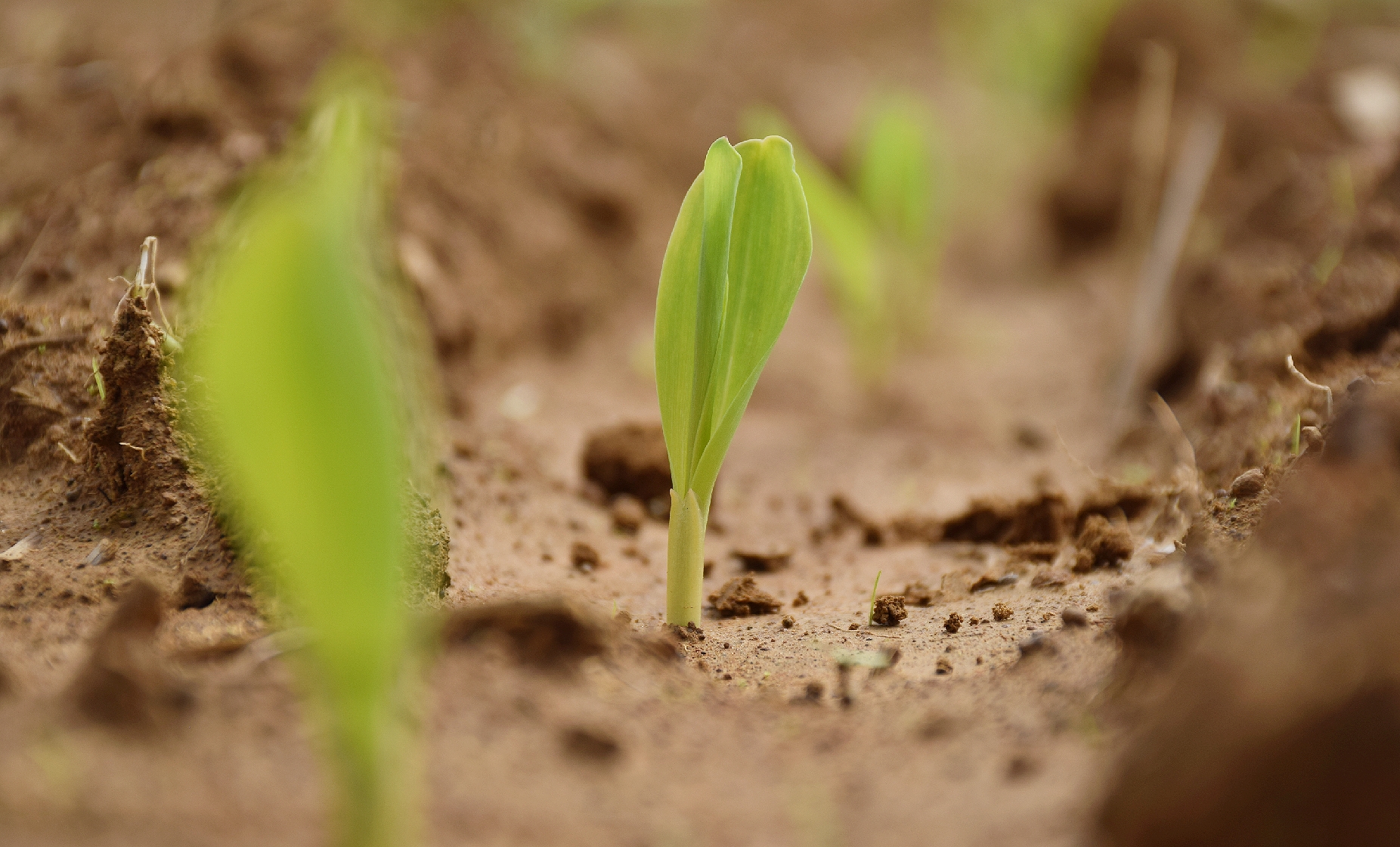
The right time and place
Although fertilizer use revolutionized agriculture and allowed farmers to grow better crops on less land, plant nutrients are often vilified because of the negative environmental impact caused by their improper use.
For this reason, experts often speak of the 4R stewardship principles of fertilizer: right fertilizer source, at the right rate, at the right time, and in the right place.
“The industry needs solid science to back up agricultural technology solutions in the realms of both nutrient and water management. Regarding the right placement, right time and the right quantity of fertilizer, mechanization solutions — such as direct seeders, which place fertilizer close to the seed — can really increase nutrient use efficiency and improve plant early vigor. Together with a wide range of partners, CIMMYT has been using these across smallholder systems of Asia, Africa and Latin America,” highlighted Martin Kropff, Director General of the International Maize and Wheat Improvement Center (CIMMYT), during one of the panel discussions.
In order to scale up the most relevant scientific findings and extension efforts, the focus should be on using available fertilizers better. This goes hand in hand with better management of organic matter and soils. There is a human element too: farmers’ efficiency could be improved with better advice especially targeted at extension offices or service providers.
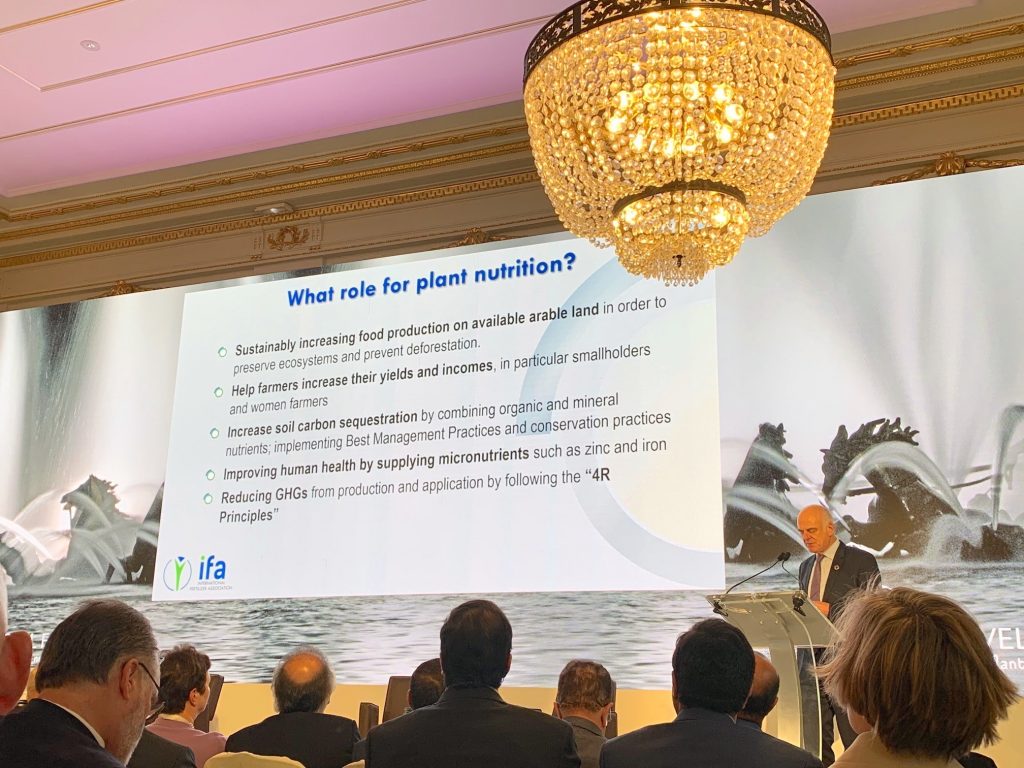
S for sustainability
In order to identify the missing link of sustainability, just a day before the launch of the forum, the International Fertilizer Association (IFA) created a new Scientific Panel on Responsible Plant Nutrition. This group of international experts will provide objective knowledge and assessments for the fertilizer industry and other stakeholders to develop a more responsible plant nutrition system.
Bruno Gérard, Director of CIMMYT’s Sustainable Intensification research program and a member of the panel, spoke about CIMMYT’s unique selling proposition. “CIMMYT has a significant research agenda and experience in better nutrient management in wheat- and maize-based systems. In regions such as South Asia, the challenge is to produce more or the same with less and better fertilizers through improved management practices. Instead in Sub-Saharan Africa, the focus is on giving better access and knowledge so that farmers can produce more with adequate fertilizer inputs.”
Being part of the panel will give CIMMYT the opportunity to better link up with the fertilizer industry and contribute to improved fertilizer use in term of profitability, yield stability and risk, accessibility but also — from an environmental perspective — minimize the footprint of fertilizer through better agronomic practices and management.
The High Level Forum on Plant Nutrition took place on November 18-20, 2019, in Versailles, France.
